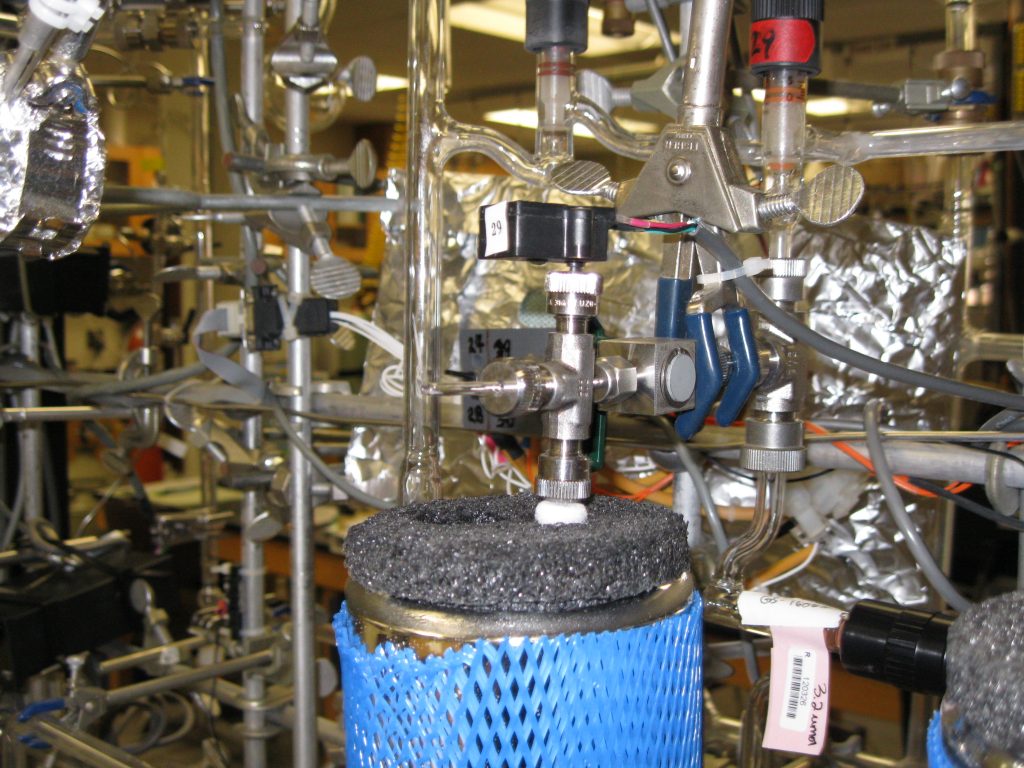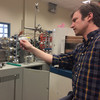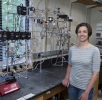Developments
Ultra Small Reactors
NOSAMS can make itty bitty samples in their itty bitty graphte reactors.
Read MoreHybrid Gas Ion Source Development
NOSAMS has installed a hybrid gas ion source from NEC as the final stage in upgrading the NOSAMS Tandetron AMS system (USAMS). This source can run either graphite samples or carbon dioxide (CO2). Earlier stages of this upgrade included replacing the original simultaneous (recombinator) injector with a sequential (bounced) injection system of our own design…
Read MoreRapid Extraction of Dissolved Inorganic Carbon System
We have developed a new system to efficiently extract dissolved inorganic carbon (DIC) from seawater and groundwater samples. REDICS uses a gas-permeable polymer membrane contractor to extract the DIC from an acidified water sample in the form of carbon dioxide (CO2), introduce it to a helium gas stream, cryogenically isolate it, and store it for…
Read MoreDevelopment of a Continuous-Flow AMS System
Under a NSF Major Research Instrumentation (MRI) award, NOSAMS has built a new AMS system designed specifically for continuously monitoring 14C in a flowing gas stream. The instrument is capable of continuously analyzing chromatographic effluents and determining the abundance of 14C in individual chromatographic peaks. This system will enable a dramatic expansion of significant and…
Read MoreDevelopment of a Gas-Ion Source
NOSAMS has been exploring the capabilities of a gas-accepting microwave ion source originally built at the Atomic Energy of Canada, Chalk River Laboratories. The source uses 2.45 GHz microwaves and a continuously flowing stream of argon gas to sustain a plasma. Carbon containing gases mixed into the argon yield C+ ions that can be extracted…
Read MoreCollaborative Efforts to Improve NEC Ion Source
A collaborative research effort involving National Electrostatics Corp. (NEC) and three AMS laboratories (UC Irvine, University of Arizona, WHOI/NOSAMS) is underway to improve the design of Cs-sputter ion sources manufactured by NEC and currently in use at each of these labs. The NSF-sponsored collaboration is supported for the two-year period beginning in August, 2003.
Read More





